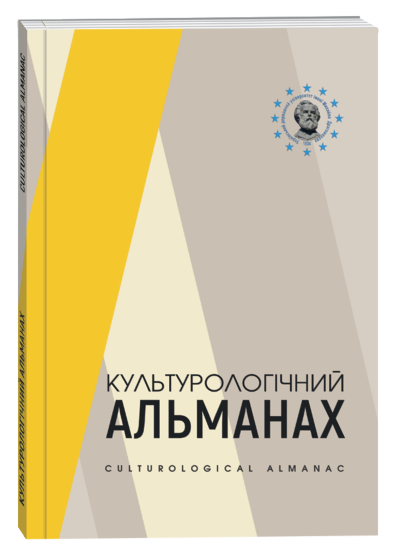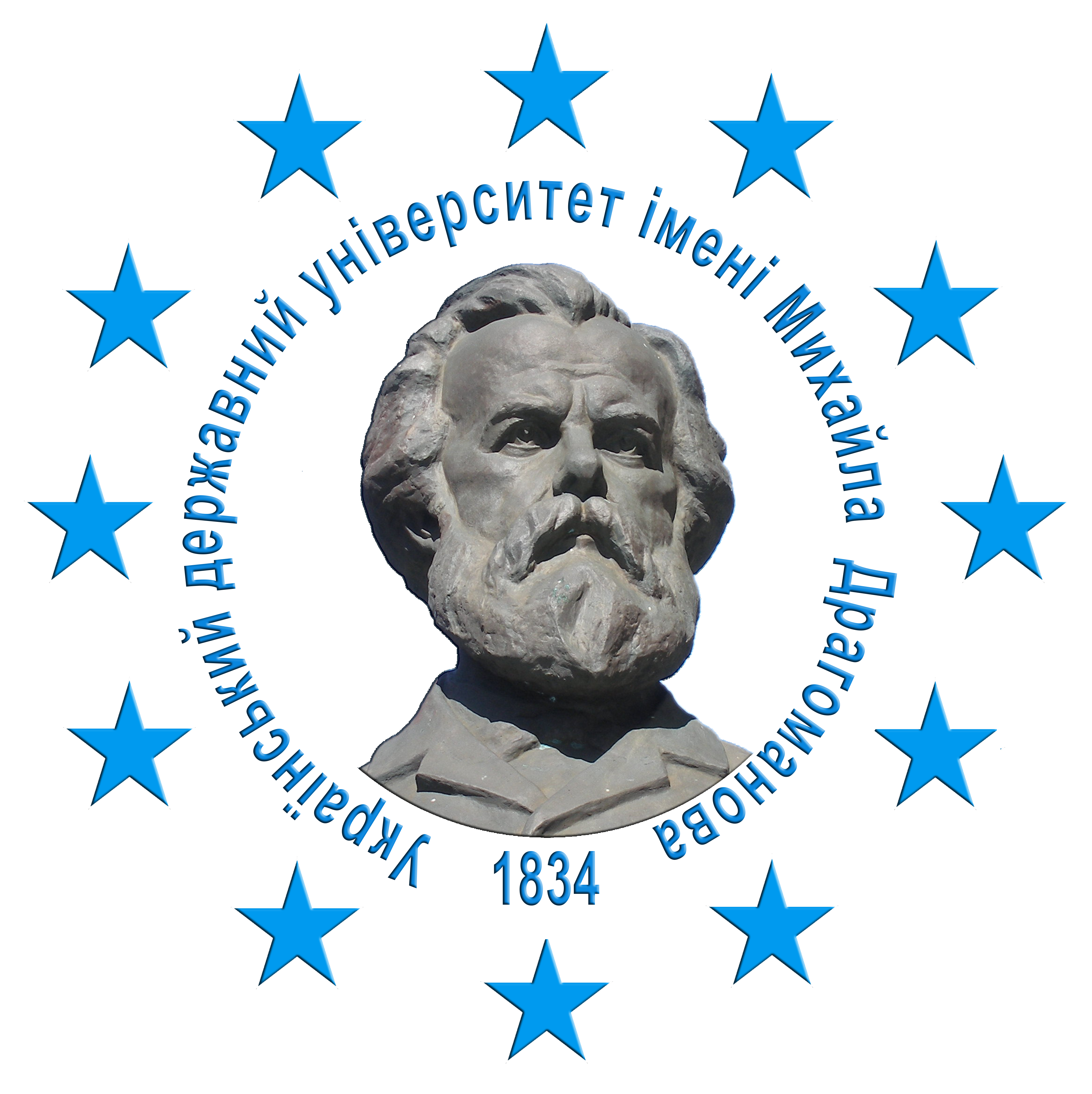DIGITAL PHOTO ARCHIVES AS A FACTOR IN PRESERVING CULTURAL HERITAGE AND SHAPING NATIONAL IDENTITY IN UKRAINE
DOI:
https://doi.org/10.31392/cult.alm.2025.2.51Keywords:
digital photo archives, cultural heritage, national identity, digitalization, cultural archive, intercultural dialogueAbstract
The article explores the phenomenon of digital photo archives as one of the key instruments for preserving Ukraine’s cultural heritage and shaping national identity in the digital age. It focuses on the theoretical interpretation of the concept of the “cultural archive” based on philosophical and cultural studies approaches, particularly Michel Foucault’s ideas on the archive as a mechanism of power, memory, and identity. The transformation of archival practices is analyzed – from traditional forms to digital platforms that not only preserve but also represent nationally significant cultural assets. The advantages of digital technologies in preserving photographs, documents, and artifacts are discussed: protection from physical destruction, easy access for a broad audience, and opportunities for interactive virtual engagement with cultural heritage. Special attention is paid to contemporary Ukrainian digital initiatives, including projects for reconstructing lost objects using 3D graphics. The role of digital photo archives in spreading knowledge about Ukraine’s cultural diversity, preserving linguistic, ethnic, and religious identity, and supporting intercultural dialogue and cultural diplomacy is examined. The article also emphasizes the importance of digitizing cultural heritage during the Russian-Ukrainian war, when many heritage sites have been destroyed or are under threat. Official statistical data on losses to cultural infrastructure are provided, further highlighting the relevance of digital methods of preservation and archiving. The article argues that digital photo archives are not only technical means of information storage but also active tools of cultural policy that influence the construction of historical memory and the strengthening of cultural identity. In conclusion, the article substantiates the scientific, social, and educational significance of digital photo archives in contemporary Ukrainian society, drawing attention to their potential as a source for interdisciplinary research, cultural self-knowledge, and civic engagement.
References
Архів Києво-Печерської лаври та заповідника. Національний Києво-Печерський історико-культурний заповідник, Центральний державний історичний архів України. Київ, 2008.
Волинець, В. (2020). Новий зміст і потенціал віртуального музею. Цифрова платформа: інформаційні технології в соціокультурній сфері, 3 (2), 122–133. https://doi.org/10.31866/2617-796x.3.2.2020.220582.
Добровольська, В.В. (2020). Електронна бібліотека «Україніка» – унікальний інтегрований ресурс цифрової документальної спадщини. Бібліотекознавство. Документознавство. Інформологія, (1), 79–87. URL: http://journals.uran.ua/bdi/article/view/205424.
Захарова, О. (2019). Класифікація метаданих великих даних. Проблеми програмування, (4), 53–74. URL: http://nbuv.gov.ua/UJRN/Progr_2019_4_6.
Лобузін, І. В. (2017). Цифрові колекції наукової бібліотеки: організація інформаційних ресурсів та мережевої комунікації : дис. … канд. наук із соціальних комунікацій / Нац. б-ка України імені В. І. Вернадського. Київ, 258 с.
Мішель Фуко. (1996). Археологія знання. Київ : Ника-Центр, 239 с.
Приходько, Л. Ф. (2019). Збереження цифрової культурної спадщини – імператив ХХІ століття (за документами ЮНЕСКО і Європейського Союзу). Архіви України, (2), 67–92.
Розова, Т., Барков, В. (2005). Формування громадянського суспільства в Україні. Український соціум : монографія (С. 614–681). Київ : Знання України.
Розова, Т. (2009). Демократія в Україні: проблеми та перспективи. Наукові праці Одеської національної юридичної академії, Т. VIII, 303–311. Одеса : Юридична література.
Сенченко, Н. (2020). Проблеми створення і реалізації проєкту «Оцифрована спадщина Києво-Печерської лаври». У: Могилянські читання: Вивчення та збереження культурного надбання: до 95-річчя заснування Національного заповідника «Києво-Печерська лавра» : матеріали ХХVI Міжнародної наукової конференції (9–10 грудня 2021 р.). Київ.
Aggarwal, R., & Singhal, A. (2019). Augmented reality and its effect on our life. International Conference on Cloud Computing, Uttar Pradesh, India. January 10–11, 2019, 510–515.
Boboc, G., & Bautu, E. (2022). Augmented reality in cultural heritage. Advanced Technologies in Digitizing Cultural Heritage, 12 (19), 1–25.
Caudell, T. (1992). Augmented reality: An application of heads-up display technology to manual manufacturing processes. Conference: System Science, V. 2, 659–669. https://doi.org/10.1109/HICSS/1992/183317.
Charr, M. (2020). How technology is bringing museums back to life. URL: https://www.museumnext.com/article/how-technology-is-bringing-museums-back-to-life/.
Gorbul, T., & Rusakov, S. (2022). Cultural heritage in the context of digital transformation practices: experience of Ukraine and the Baltic States. Baltic Journal of Economic Studies. Vol. 8. № 4. P. 63–72. https://doi.org/10.30525/2256-0742/2022- 8-4-58-69.
Pilkevych, V. (2015). Polityka YuNESKO v sferi kultury [UNESCO policy in the field of culture]. European Historical Studies, 1 (15), 190–199.








